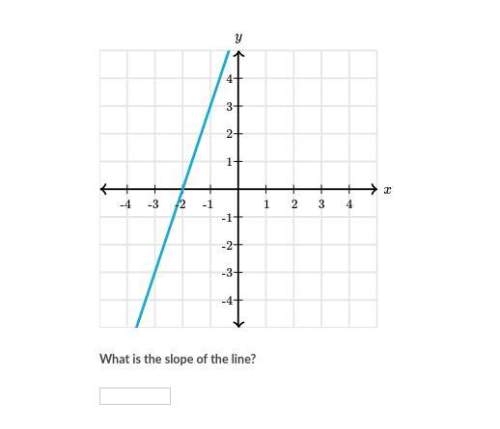
Mathematics, 17.06.2020 17:57 jself
Two variables control a cat's desirability, d, as a pet, cuteness, c and indifference, i. You propose that the following equation can be used to determine how much you want to own a particular cat,
d = c x i , where c is the cuteness of the cat rated from 1-10 and i is the indifference of the cat to your existence rated from 1-10. In this rating, the best possible cat would earn an 100 and the worst a 1.
You rank cat adoption catdidates as so:
Cat Cuteness Cuteness Uncertainty Indifference Indifference Uncertainty
Meowcapone 3 ±1 2 ±2
Catsanova 4 ±3 8 ±4
Luke Skywhisker 9 ±1 5 ±5
Fuzz Aldrin 6 ±2 6 ±2
You can be absolutely certain that Catsanova is a better cat than Meowcapone.
a. True
b. False

Answers: 3


Another question on Mathematics

Mathematics, 21.06.2019 20:00
The art class is planning to paint a mural on an outside wall. this figure is a scale drawing of the wall. width: 11 in length: 28 in unit rate: 1.5 ft per in. write the ratio of the area of the drawing to the area of the actual mural. write your answer as a unit rate. show that this unit rate is equal to the square of the unit rate 1.5 ft per in
Answers: 1

Mathematics, 21.06.2019 23:30
Jane has 5 nickels.john has 3 dimes.jane says she has a greater amount of money.with the information given,is she correct?
Answers: 3

Mathematics, 21.06.2019 23:30
Aprisoner is trapped in a cell containing three doors. the first door leads to a tunnel that returns him to his cell after two days of travel. the second leads to a tunnel that returns him to his cell after three days of travel. the third door leads immediately to freedom. (a) assuming that the prisoner will always select doors 1, 2 and 3 with probabili- ties 0.5,0.3,0.2 (respectively), what is the expected number of days until he reaches freedom? (b) assuming that the prisoner is always equally likely to choose among those doors that he has not used, what is the expected number of days until he reaches freedom? (in this version, if the prisoner initially tries door 1, for example, then when he returns to the cell, he will now select only from doors 2 and 3.) (c) for parts (a) and (b), find the variance of the number of days until the prisoner reaches freedom. hint for part (b): define ni to be the number of additional days the prisoner spends after initially choosing door i and returning to his cell.
Answers: 1

Mathematics, 22.06.2019 00:00
If (x + 8) is a factor of f(x), which of the following must be true? both x = –8 and x = 8 are roots of f(x). neither x = –8 nor x = 8 is a root of f(x). f(–8) = 0 f(8) = 0
Answers: 3
You know the right answer?
Two variables control a cat's desirability, d, as a pet, cuteness, c and indifference, i. You propos...
Questions

Biology, 27.09.2020 14:01




Mathematics, 27.09.2020 14:01


Mathematics, 27.09.2020 14:01


Biology, 27.09.2020 14:01


English, 27.09.2020 14:01


Chemistry, 27.09.2020 14:01

Chemistry, 27.09.2020 14:01






Computers and Technology, 27.09.2020 14:01




